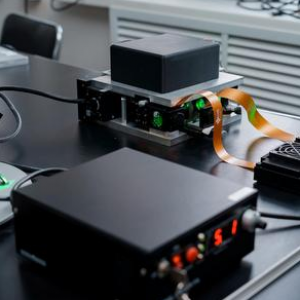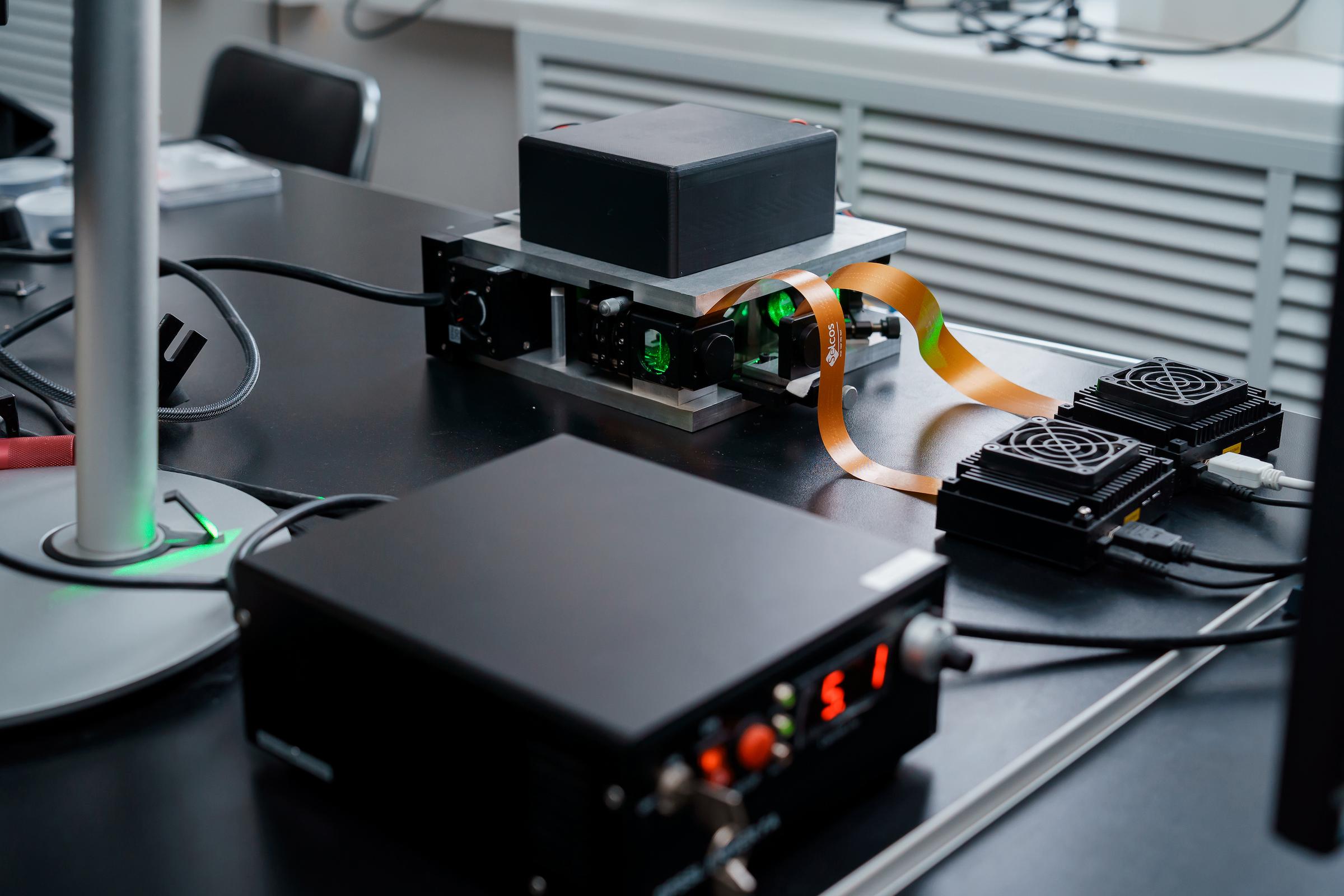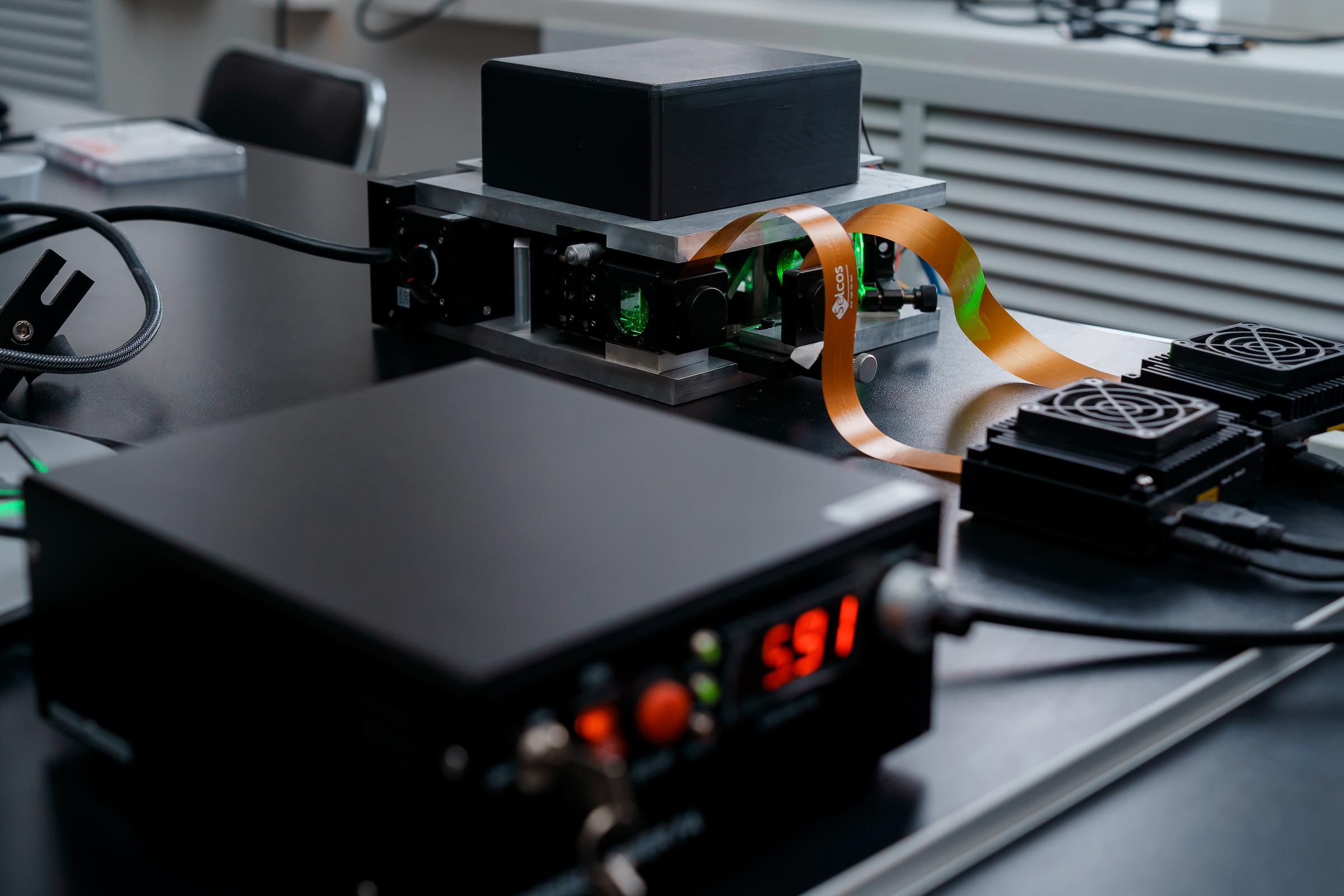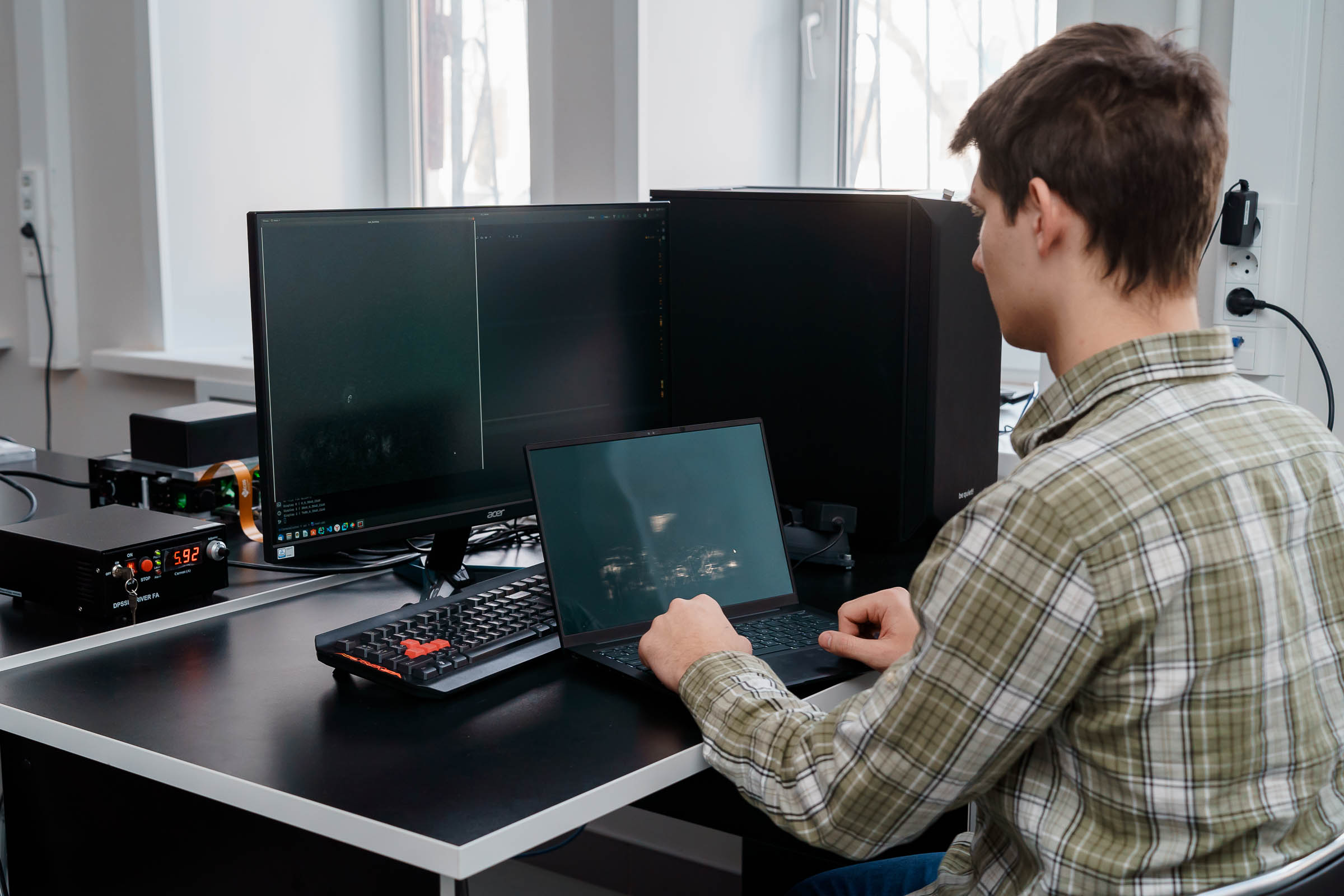Samara University’s scientists have achieved maximum accuracy of the experimental model of their analogue photonic computing system capable of processing video data hundreds of times faster than modern digital neural networks based on traditional semiconductor computers do. Following the results of testing and additionally configurating the system, the scientists managed to increase the object recognition accuracy of the device up to almost 98%, which is very close to the theoretical maximum for this class of equipment.
“During the experiments, due to additional adjustment and fine-tuning of the components, we managed to achieve the maximum recognition accuracy of 97.86%. According to our calculations, it is theoretically probable to achieve for this equipment the accuracy of 98.04%, that is, we have almost reached the theoretically possible maximum, and can say that we have made as much as possible using the installation. The experiments continue, but in the near future we are highly likely to be unable to surpass the achieved rate of 97.86%; moreover, there is no special need for this: the accuracy is enough for the system to work successfully. Now we face new challenges: we are moving from experiments by test databases to working out more practical tasks – analyzing real video streams and hyperspectral images, searching for and recognizing specified objects in difficult conditions”, said Doctor of Physics and Mathematics Roman Skidanov, Professor at Samara University’s Department of Engineering Cybernetics.
The very first version of the photonic computing system, the so-called demonstration sample, designed at the University in 2023, had the recognition accuracy rate of 93.75%. Roman Skidanov emphasized, that in real-world conditions, with high-speed analysis of video streams and hyperspectral data, the recognition accuracy rate will certainly be significantly lower than the rate achieved in the laboratory: the recognition accuracy strongly depends on the quality of the data received by the system – the quality of the “picture” and presence of various related factors that interfere with efficient object recognition.
“The series of experiments will continue, the installation will be upgraded, and we plan to update some of its components. This year we also schedule to start assembling a prototype photonic computer; it will be created on the basis of the experimental model after a number of upgrades and will, in fact, be pre-production”, noted Roman Skidanov.
The project on creating the analogue photonic computing system is being implemented as part of the scientific program of the National Centre for Physics and Mathematics (NCFM). Researching in framework of this project is funded by the Ministry of Science and Higher Education of the Russian Federation and the “Rosatom” State Corporation.
The optical neural network based on the photonic computing system will be able to analyze the video stream entering the system in real time and almost instantly, at the speed of the input/output devices, recognize and find objects and images specified in this video stream. Along with analyzing the “picture” from a conventional video camera, the development also makes it possible to quickly process data obtained by hyperspectrometers – devices that watch the reality via multichannel spectral imaging, and allow detecting objects invisible to conventional means of observation.
The ability to analyze hyperspectral data is a key feature of the Samara photonic computing device. Hyperspectral data initially represent very large arrays of information, the analysis of which takes, as a rule, considerable time.
Besides high performance and wide spectral range, analogue optical computing systems also have advantages, such as complete protection from electromagnetic disturbances, low energy consumption and the option of parallel data processing. The system scheme that allows for fully optical processing of incoming data, was first proposed in 1958. This area actively developed in the 1980s of the last century, but then using the devices almost ceased, because of both their bulkiness and development of digital technology. In recent years, in various countries of the world, this field of applied research has become increasingly relevant, due to new materials and compact special-structure optics to be designed.
For reference
In hyperspectral imaging or hyperspectral Earth remote sensing conducted from a UAV or a space satellite, each pixel of the resulting image is represented as a full or continuous spectrum, which allows identifying spectral properties of the desired objects, as well as detecting objects invisible when other means of observation applied, during processing the data obtained.
For example, hyperspectrometers can efficiently detect greenhouse gases by recording methane and CO2 emissions, as well as conduct geological exploration of hard-to-reach areas, identifying from space spectral signatures of various minerals, including those that indicate possible location of oil and natural gas deposits. Hyperspectrometers can monitor more efficiently and accurately occurrence of forest fires and the condition of forests and agricultural crops, help calculate vegetation indices and even detect from outer space stress in plants.
 RU
RU  EN
EN  CN
CN  ES
ES 



